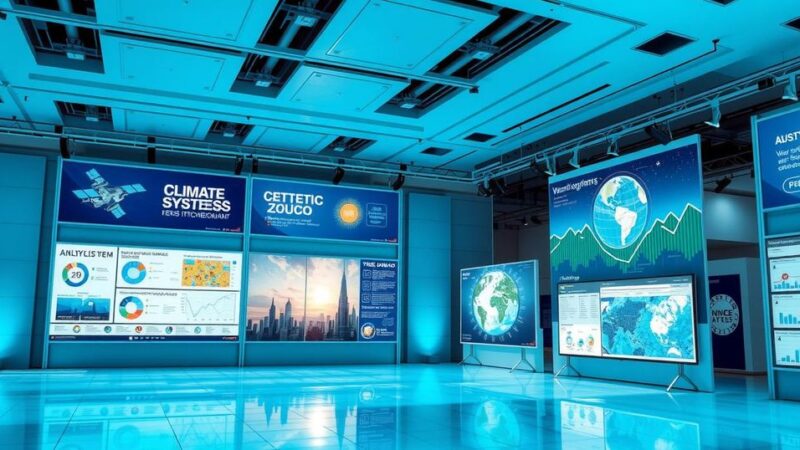A study in Science Advances links climate factors, specifically temperature and rainfall, to the spread of dengue fever. The WHO reports a substantial increase in dengue cases globally, emphasizing the disease’s rising threat. The debate continues regarding rainfall’s impact on dengue transmission. Research from the Institute for Basic Science highlights how varying climatic conditions influence mosquito breeding and disease prevalence, advocating for region-specific intervention strategies.
A recent study published in Science Advances has established that temperature and rainfall significantly influence the proliferation of dengue fever globally. Researchers investigated the effects of climate variations on mosquito populations and the transmission of the disease. The findings elucidate the importance of climate factors in the epidemiology of dengue, providing valuable insights for public health strategies.
The World Health Organization (WHO) reported a dramatic increase in dengue cases in the Americas, soaring from 4.1 million in 2023 to over 10.6 million in 2024. Simultaneously, the European Centre for Disease Prevention and Control noted over 14 million cases worldwide, accompanied by more than 10,000 deaths in 2024. These alarming statistics highlight the growing threat of dengue fever as a public health concern.
While it is acknowledged that rainfall plays a crucial role in the breeding of mosquitoes, its precise impact on dengue transmission remains contentious within scientific discourse. Some experts propose that rainfall exacerbates the spread of the disease, whereas others contend that it can diminish mosquito populations by eliminating breeding sites. This debate underscores the complexity of vector ecology in relation to climate phenomena.
The Institute for Basic Science (IBS) researchers developed a novel method to evaluate the influence of climate on dengue incidence, specifically in the Philippines and Puerto Rico, two regions exhibiting diverse climatic conditions. The study revealed that increased temperatures correspond to heightened dengue cases. Notably, in the eastern regions, higher rainfall also intensified case numbers, whereas in the west, excessive rainfall appeared to reduce mosquito habitats by washing away breeding sites.
Furthermore, the research indicated that prolonged dry seasons facilitate more extensive mosquito breeding, resulting in an uptick in dengue transmission. Alternatively, shorter dry seasons were associated with reduced mosquito populations due to natural climatic conditions. These observations provide a nuanced understanding of how different regional climates affect dengue dynamics.
In summary, the relationship between climate change and the spread of dengue fever is increasingly evident, with rising temperatures and varying rainfall patterns playing pivotal roles. The findings emphasize the necessity for targeted intervention strategies tailored to specific climatic conditions. As dengue cases continue to surge globally, unraveling these complexities will be essential for effective public health responses to mosquito-borne diseases.
Original Source: www.wionews.com






